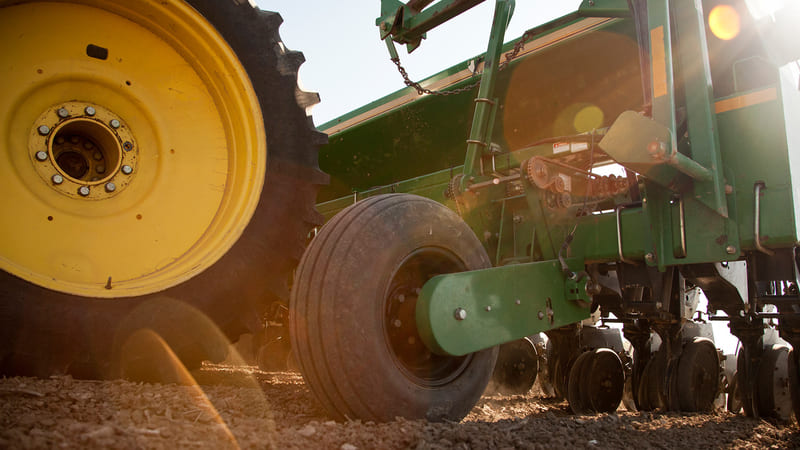Keep An Eye on Cotton Prices and USDA September Report
December cotton futures lost all of last week’s price gains and then some, falling below 85 cents before correcting and positioning itself before making a run to the upper end of the trading range. Speculators were credited with the prior week’s run up and their associated profit taking, and the continuation of poor demand and weak economic indicators led the retreat to the 85-cent level.
Growers are looking for 90 cents, while mills are wanting the market to slip back to 80 cents. The latter is not going to happen, as any trade even as low as 82 cents will be a significant surprise.
I am tempted to say that a return to 90 cents is out the window as well. But it has happened, so it will likely make that mark again. Nevertheless, growers should plan to be overly aggressive selling at that level.
The current trading range has entered its eleventh month – abnormally long, but the range has been a bit wide at 75-91 cents. Thus, it has given both mills and growers many opportunities to extract a favorable pricing point. The trading range will continue, mostly in the narrow equilibrium 83-89 cent range.
The foreign crop is faring better than the U.S. crop, but there are major concerns. India had its driest August in some four decades. However, the forecast calls for an increase in monsoonal activity. China will likely see another reduction in their production estimate. The Australian reservoirs are a bit slow to fill this season, but they have had to live with that before. Time is on the side of additional moisture.
Hopefully, USDA’s September supply demand report, scheduled for release on Tuesday, Sept. 12, will provide additional price direction. A forecast of a smaller world crop could drop world ending carryover as low as 88.5 million bales. An estimate below that would strengthen support under the market.
U.S. cotton exports continue to lag the volume needed to meet USDA current estimate of 13.75 million bales. Net sales of upland on the week were seasonally slow at only 85,100 bales. Likewise, shipments were only 175,400 bales. China and Bangladesh were the major destinations. Shipments to the Southeast Asian markets, the Subcontinent mills, and Turkey were only marginal – an indication of the longstanding demand woes.
As of Sept. 7, China has released 318,000 tons of cotton from its national reserve to textile mills. This was comprised of 151,000 tons of U.S. 2020 crop; 135,000 tons from the 2019 Brazilian crop; 32,000 tons of Australian; and 30,000 tons (2018 crop) Xinjiang. Much of this is normal rotation. Current prices suggest the national reserve will not be aggressive in replenishing stocks. Noting the age of the stocks, there appears little reason for the reserve to be aggressive in replacing stocks. Time is on their side.
Growers priced at least 2.5 million bales of cotton last week as the market spent much of its trading at 87-90 cents. Growers should have another opportunity to price in the high 80s/very low 90s again. The market is suggesting that growers should sell their physical crop at harvest and replace it with call options. Historically, this has been a very prudent marketing strategy. This season appears to be the classic case to suggest such a strategy. The added benefit to this strategy is that growers can forego storage costs.
Data suggests that inflation and interest rates, as well as most goods and services, will continue to increase through 2023. This will keep a heavy lid on textile/apparel demand expansion through at least the first quarter of 2023. However, prices should be somewhat protected from downside risk as mill On-Call Sales exceed Grower On-Call Purchases by nearly 15,000 contracts. This is very unusual during the harvest season as purchases (grower selling) “always” exceeds sales (mill buying). But not this year.
Again, growers are advised to be aggressive sellers on any move above 87.50, and that such a price level should exist into the harvest season. However, any typical active market will back-and-fill on a weekly basis.
Give a gift of cotton today.









